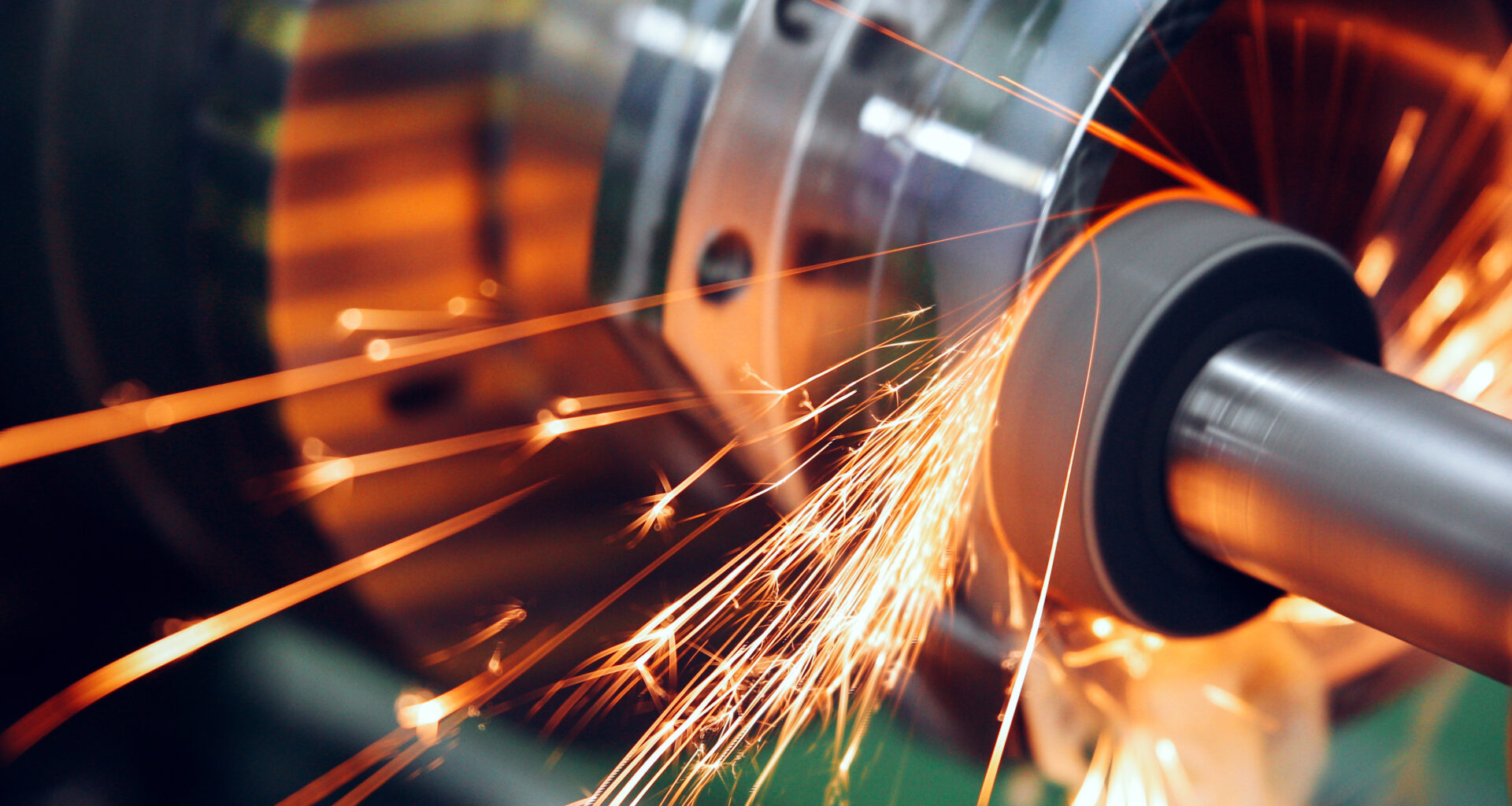
Most industrial sectors such as iron & steel, chemicals, and food & drink rely heavily on natural gas and electricity for their industrial processes. It is estimated that natural gas and electricity currently account for 50% and 17% respectively of final energy use in UK industry.
Previous modelling by UKERC demonstrated that decarbonising UK industry is viable by 2050 through a combination of resource and energy efficiency, electrification, hydrogen, and carbon capture and storage (CCS). This blog explores the impact of the recent increase in global energy prices (for gas, electricity, oil, and hydrogen) on UK industry decarbonisation in terms of:
We estimate that the March 2022 gas price was around 235 p/therm, when compared to the March 2021 price of 45 p/therm this represents a nearly five-fold increase. Similarly, the electricity wholesale price in March 2021 was 6 p/kWh rising more than three-fold to reach 19 p/kWh a year later. We also increased oil prices two-fold, reflecting current spot prices of around $100/bbl. Using the UK government’s Hydrogen production costs, we updated the costs of blue hydrogen (made from natural gas with carbon capture and storage) and green hydrogen (produced from renewable electricity) to reflect the current energy price increases. For blue hydrogen, we estimate that the natural gas price constitutes about 60% of its total levelised production cost, whilst for green hydrogen this increases to about 80%.
These increased prices were fed into the Net-Zero Industry Pathways (N-ZIP) model developed by Element Energy and previously used in UKERC’s analysis of industrial decarbonisation. We compared the new scenarios (referred to as ‘high energy cost’) to the Climate Change Committee’s ‘Balanced’ scenario (referred to as the ‘default’ scenario). The ‘Balanced’ scenario prioritises low-regret measures and implements a balanced mix of decarbonisation technologies in the long term.
Figure 1 (a, b) shows the annual emissions abated by technology for the default and high energy cost scenarios. Compared to the default scenario, the high energy cost scenario saw emissions abated using electric technologies increase by 45%, compared to a reduction of 56% from technologies using blue hydrogen. The reason is that gas prices have increased by more than electricity, making electricity more attractive and blue hydrogen less attractive. Emissions abated using green hydrogen technologies reduced by 94% although its total percentage was very small even under the default scenario. Under the high cost scenario, residual emissions from industry in 2050 increase by nearly 50% to 6.3 MtCO2e. The total cumulative remaining emissions also increase and are 155 MtCO2e higher over the years 2020-2050 when compared to the default scenario.

The reason for the higher cumulative emissions can be seen in Figure 2 (a, b), which shows that high energy prices defer investments in abatement technologies. Under the high energy cost scenario, the annual net cost of abatement (total abatement cost minus baseline cost) reduces by around £1-2 bn per year between 2025-2040. Then, the net cost increases by around £2-3bn per year in 2045-2050. This occurs because, in the model, carbon prices increase over time and industry needs to wait for high carbon prices to make these abatement investments become economically viable. However, we also found that the total net cost for all years (2020-2050) for the high energy cost scenario (£146.8 bn) is lower than the default scenario (at £154.4 bn) as less emissions abatement investment takes place overall.

Under the high energy cost scenario, Figures 3 and 4 shows that electricity and natural gas use is around 24% and 18% higher respectively than under the default scenario in 2050. Meanwhile, hydrogen use is around 60% lower. This shows that hydrogen production (blue and green) may not be cost-effective for industry when considering current increases in natural gas and electricity prices. It should be noted, however, that we did not model the case where ‘free’ curtailed electricity can be used for green hydrogen production.


Table 1 summaries the main changes in the decarbonisation options for each industrial sub-sector in the high energy cost scenario. Sub-sectors such as food & drink, glass, other chemicals, and non-ferrous metals increasingly rely on electrification options rather than hydrogen, due to its cost advantage (electricity prices increase less than those for gas, from which the hydrogen is made). In contrast, with higher electricity prices, the paper sector relies more on bioenergy with carbon capture and storage (BECCS) technologies for decarbonisation and less on electrification. Some sites in other sectors such as cement, lime, and refining have no economically viable alternative decarbonisation options at the modelled carbon prices, meaning that they do not decarbonise, and this increases the total remaining emissions.

This blog has explored the potential impact of increased global energy prices on UK industry decarbonisation. We found that: